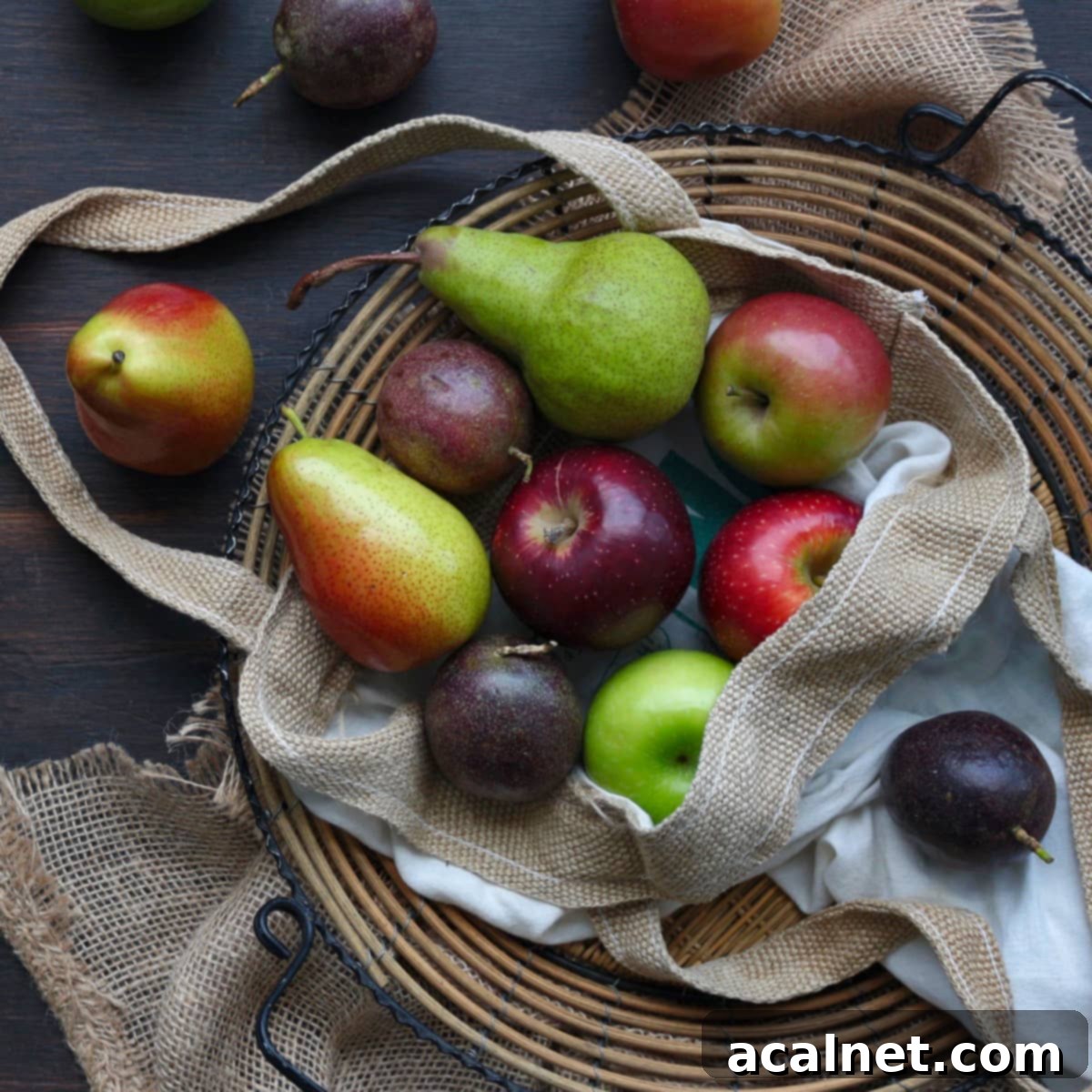The Ultimate Guide to Choosing the Best Apples for Baking: Pies, Crumbles, Sauces & More
When embarking on any baking adventure, selecting the right fruit is often as crucial as perfecting the recipe itself. For apple-based treats, this decision significantly impacts the final taste, texture, and overall enjoyment of your creation. This comprehensive guide, “Best Apples for Baking,” is designed to answer all your questions, helping you navigate the diverse world of apple varieties to choose the ideal fruit for your apple crumble, cakes, crisps, applesauce, and pies.
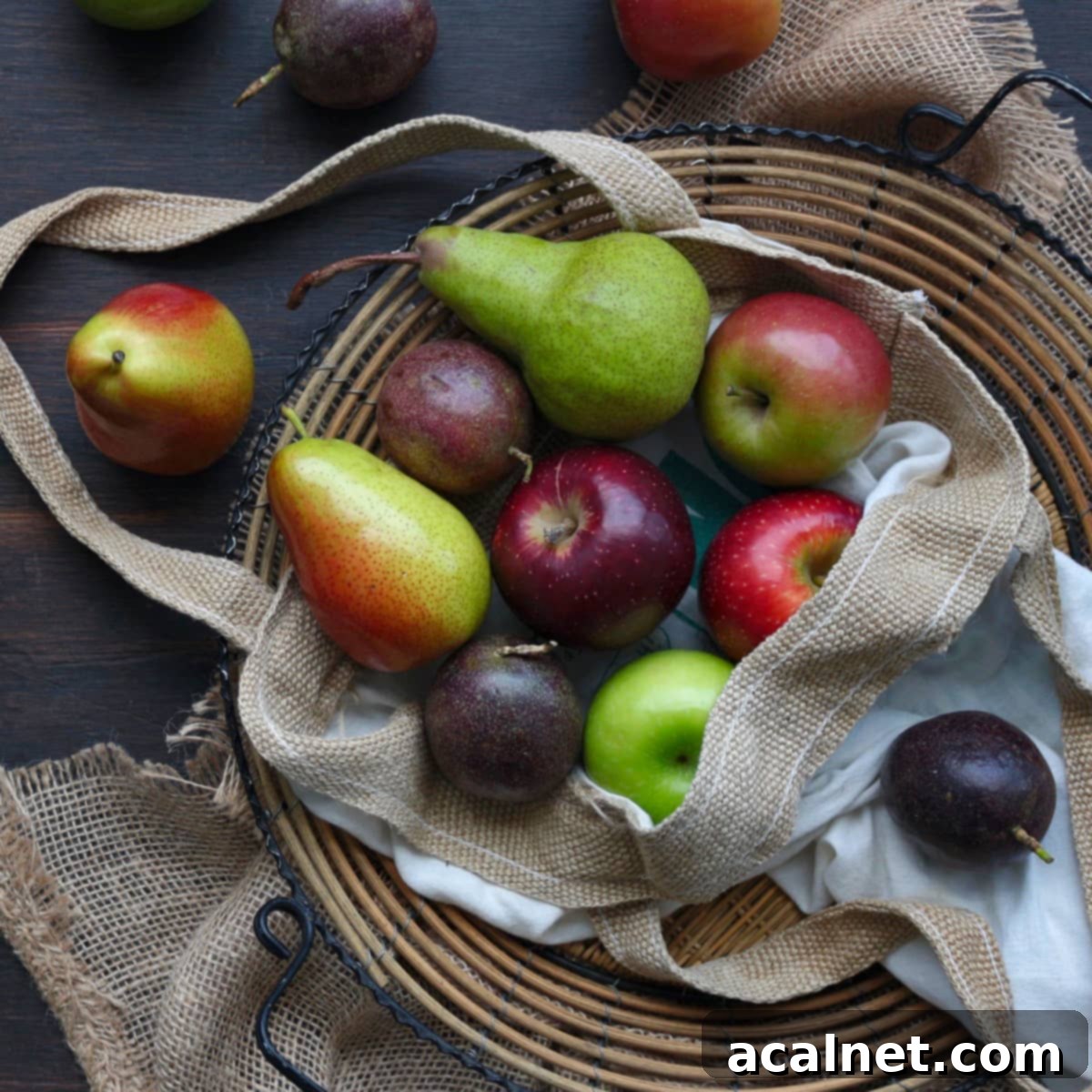
The success of your baked apple dish hinges significantly on the specific apple variety you select. Factors like the apple’s inherent texture, its consistency during baking, and its flavor profile – whether sweet, tart, or a perfect balance – all play a vital role. This detailed guide will equip you with the knowledge to make informed choices, ensuring your next apple creation is nothing short of delicious.
This article dives deep into selecting the ideal apples for various baking applications, acknowledging that “the right apple” is ultimately the one that best suits your taste and recipe. We will explore key apple varieties perfect for:
- Apple Cakes, Crumble, Crisps, and other baked goods featuring apples.
- Homemade Applesauce.
- Classic Apple Pies and elegant Tarts.
A quick note of encouragement: baking is an art, and sometimes what works best for one person might not be your personal preference. Just like choosing your favorite snack apple, finding your go-to baking apple often involves a little experimentation. So, remember to always… do what works best for you!
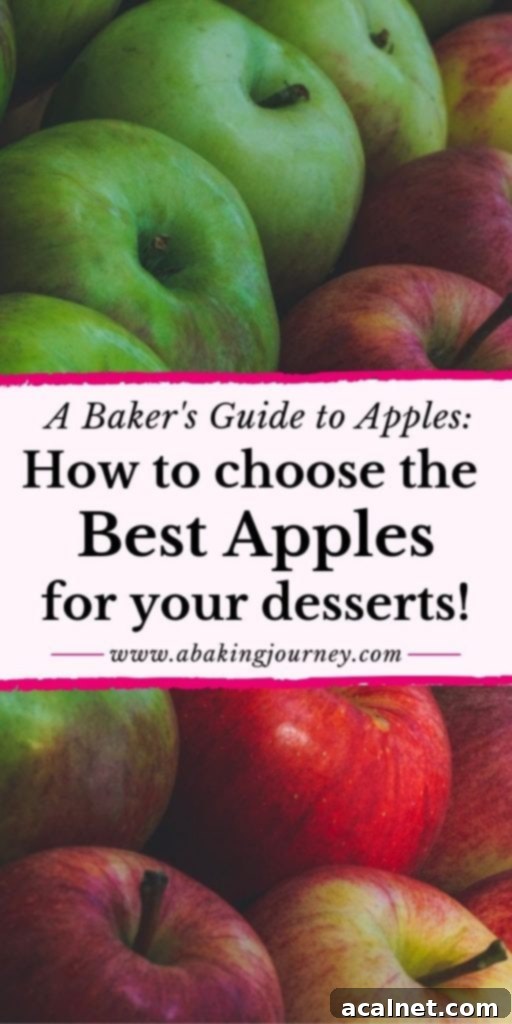
1. Understanding Baking Apples: Key Characteristics for Success
Before diving into specific varieties, let’s explore the fundamental traits that make an apple suitable for baking. These characteristics are crucial for achieving the desired texture and flavor in your final dish.
Firmness: Holding Shape Under Heat
For most baked goods like pies, tarts, crumbles, and cakes, the paramount quality in an apple is its ability to remain firm and hold its shape even after prolonged exposure to heat. Apples that are too soft or become mushy quickly will result in a soupy, unappealing filling. A firm apple provides delightful textural contrast and structural integrity to your dessert, preventing it from collapsing.
Flavor Profile: Sweet, Tart, or Balanced?
The apple’s flavor directly influences the overall taste of your baked good. Tart apples, for instance, provide a zesty counterbalance to rich, sweet pastries and crumbles. Sweet apples, on the other hand, can reduce the need for added sugar in a recipe. Many bakers find that blending both sweet and tart varieties yields the most complex and satisfying flavor profile, creating a delightful dance of tastes with every bite.
Moisture Content: Preventing Soggy Bakes
Apples vary in their water content. While juicy apples are wonderful for snacking, excessively watery varieties can lead to soggy crusts in pies and tarts, or overly wet fillings in cakes. Apples with a moderate to lower moisture content, combined with good firmness, are generally preferred for baking applications where maintaining structure is key. For dishes like applesauce, however, a higher moisture content can be beneficial as it aids in breaking down the apple.
2. Best Apples for Apple Cakes, Crisps, and Crumbles
When crafting an apple crumble, a delightful apple crisp, or a moist apple cake, your primary goal is to select an apple that will remain wonderfully firm throughout the baking process. This ensures that the apple pieces retain their distinct texture, providing a pleasant bite rather than dissolving into a homogeneous mush. You have the flexibility to choose either a crisp and tart apple for a zesty flavor or opt for a sweeter variety to complement your dessert. For the ultimate flavor harmony and textural complexity, many bakers prefer to combine two different apple varieties – typically one tart and one sweet – to achieve a truly balanced and irresistible outcome.
Top Crisp and Tart Varieties
- Granny Smith: A timeless baking apple, known for its vibrant tartness and exceptional firmness. It remains crisp and juicy even after baking, providing a fantastic contrast to sweet toppings and batters.
- Braeburn: These apples are remarkably firm, juicy, and crisp, featuring a distinctive spicy-sweet flavor. Braeburns hold their shape beautifully and add a delightful aromatic quality to baked goods.
- Cortland: A juicy and lightly tart apple with a finely grained flesh that maintains its integrity when baked. Cortlands are also notable for resisting browning once cut, making them excellent for preparations where appearance matters.
- Empire: A cross between McIntosh and Red Delicious, Empire apples are firm, crisp, and offer a pleasant sweet-tart balance, making them a versatile choice for many baked applications.
Excellent Sweet Varieties
- Golden Delicious: A popular choice for its mild, sweet flavor and firm, crunchy texture. Golden Delicious apples soften just enough to blend into cakes and crumbles without losing their identity, adding a lovely natural sweetness.
- Jazz: Known for its vibrant crunch, juicy flesh, and naturally sweet taste, Jazz apples hold up well in baking and infuse dishes with a delightful sweetness.
Balanced Sweet-Tart & Firm Choices
- Honeycrisp: A highly favored apple with an incredibly crisp texture, aromatic qualities, and a light, balanced sweetness. Honeycrisp holds its shape exceptionally well and offers a delightful snap in baked goods.
- Fuji: These apples are renowned for their spicy, crisp, and sweet flavor. Fuji apples maintain their texture and contribute a complex sweetness that deepens when baked.
- Pink Lady (Cripps Pink): A fantastic all-rounder, Pink Lady apples are crunchy, offer a lovely sweet-tart balance, and perform consistently well in various baked applications, retaining their structure and vibrant flavor.
- Jonagold: Large, firm, and offering a sweet yet lightly tart flavor, Jonagold apples are excellent for baking, bringing both size and balanced taste to your dishes.
My Favourite Baked Apples Recipes
- Easy French Apple Cake
- Upside-Down Apple Cake
- Apple Cinnamon Baked Donuts from Kidgredients
- Pear and Apple Crumble
- Gluten-Free Apple Cake
- Individual Apple Crisps from Cook it Real Good
- Caramel Apple Cupcakes from The Cooking Collective
- Easy Apple Loaf Cake
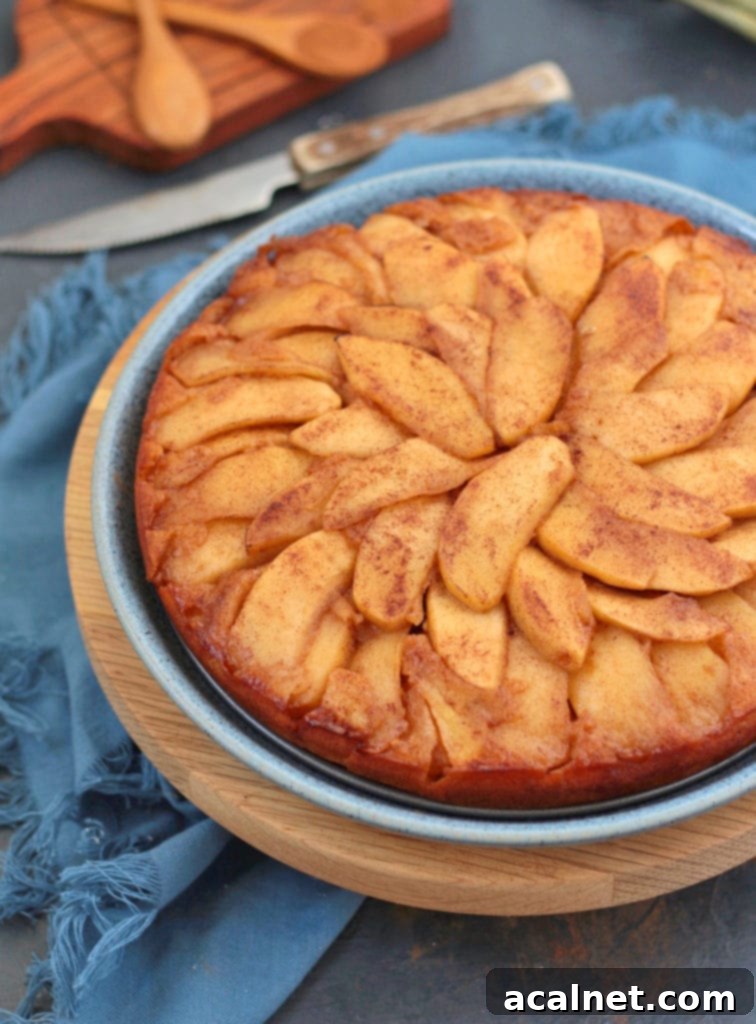
3. Best Apples for Applesauce
When it comes to making the perfect homemade applesauce, your selection criteria shift considerably. Here, you’ll want to choose an apple variety that is destined to become beautifully soft and mushy, breaking down easily during cooking. To create applesauce with a natural sweetness that often requires little to no added sugar, opt for a distinctly sweet apple. Alternatively, if you prefer a more piquant and tart applesauce flavor, a slightly crisper, more acidic apple can be an excellent choice. As with many apple-based recipes, don’t hesitate to mix different varieties to achieve a unique flavor profile and desired consistency.
Varieties That Break Down Easily
- McIntosh: Revered for its exceptional juiciness and tender flesh, McIntosh apples practically melt when cooked, making them ideal for a smooth, flavorful applesauce. Their distinct aroma also adds depth.
- Red Delicious: While not typically recommended for structured baking, Red Delicious shines in applesauce. Its sweet flavor and soft texture allow it to break down effortlessly into a creamy sauce.
- Gala: Sweet and mild, Gala apples soften readily when cooked, contributing a naturally sweet base to your applesauce.
- Jonathan: Offering a lovely balance of sweetness with a touch of acidity, Jonathan apples also break down well and create a vibrantly flavored sauce.
- Golden Delicious: While firm for pies, when cooked longer, Golden Delicious apples also soften nicely for applesauce, adding a pleasant, mild sweetness.
Achieving Your Perfect Applesauce
For a naturally sweet applesauce, focusing on varieties like Gala or Red Delicious will yield excellent results. If you desire a more complex flavor with a tangy edge, try blending a McIntosh or Jonathan with a sweeter apple. Cooking apples until they are very tender, then mashing or puréeing, will give you that smooth, comforting consistency. Don’t forget to experiment with spices like cinnamon, nutmeg, or a hint of allspice to elevate your homemade sauce.
Check out my easy Stovetop Applesauce recipe that is ready in less than 1 hour!
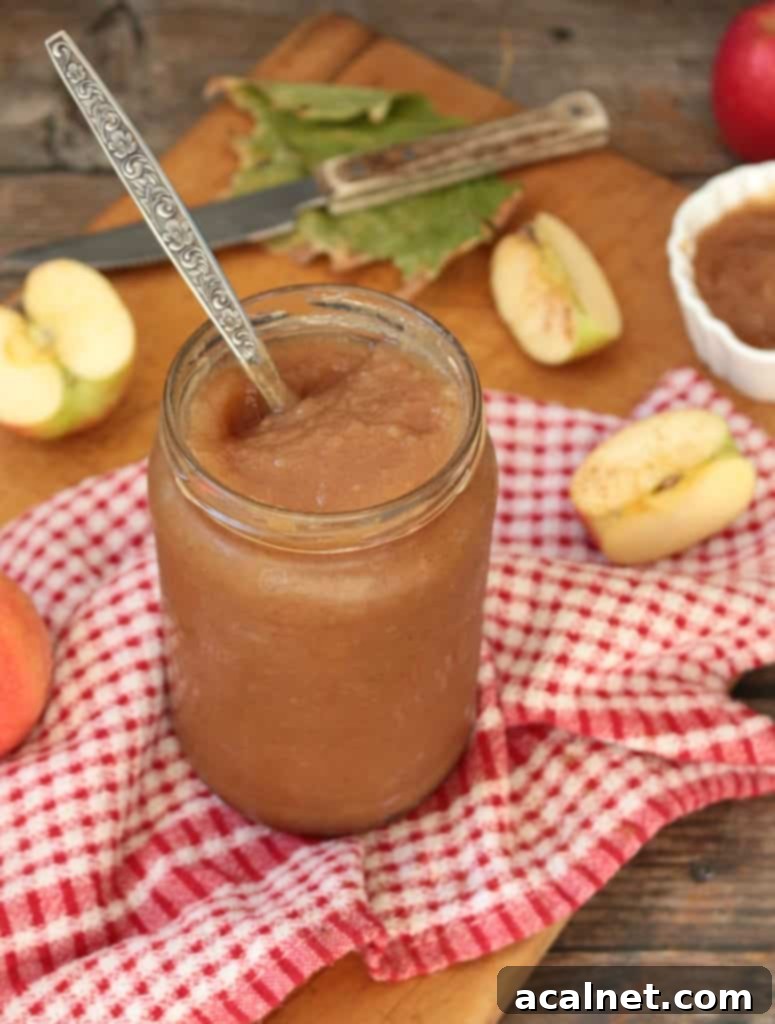
4. Best Apples for Apple Pie & Tarts
Crafting a truly exceptional apple pie or tart requires careful consideration of your apple choice. Much like with apple crisps and crumbles, the paramount characteristic here is selecting an apple that will remain wonderfully firm and hold its shape even after being baked inside a pastry crust. This prevents your pie from becoming a watery, shapeless mess. The decision between a tart or sweet apple, or a combination of both, is entirely up to your personal preference and the overall flavor profile you aim to achieve. Indeed, mixing two or even three varieties often yields the most complex and satisfying apple pie filling.
Classic Pie Apples (Firm & Flavorful)
- Granny Smith: The quintessential tart baking apple. Its crisp texture and high acidity make it an indispensable choice for pies, cutting through the richness of butter and sugar while maintaining its form perfectly.
- Braeburn: These very firm, juicy, and crisp apples impart a fantastic spicy flavor to pies, holding their structure beautifully and adding depth to the filling.
- Cortland: Known for its juicy, lightly tart flesh that resists browning, Cortland apples hold their shape exceptionally well, making them a reliable choice for any pie or tart.
- Honeycrisp: A favorite for its incredibly crisp texture and balanced sweet-tart notes, Honeycrisp apples maintain their delightful crunch and juiciness, offering a premium experience in pies.
Sweet Apples for Pies
- Crispin / Mutsu: A very large, sweet apple with a delicate spicy flavor. Crispin apples are firm and hold up well in pie, contributing a lovely sweetness without becoming mushy.
- Golden Delicious: Providing a mild sweetness and a firm, crunchy texture, Golden Delicious apples are excellent for pie, offering good structural integrity and a comforting flavor.
Versatile Sweet-Tart Options
- Fuji: With its spicy, crisp, and sweet profile, Fuji apples are a wonderful addition to pies, holding their shape and contributing a rich, complex sweetness that intensifies with baking.
- Jonagold: These large, firm apples strike a perfect balance between sweet and lightly tart, making them a versatile choice for pie fillings where both flavor dimensions are desired.
- Pink Lady: This crunchy, sweet, and tart apple is an exceptional performer in pies and tarts. It maintains its crispness and offers a vibrant flavor that brightens any baked dessert.
The Art of Blending Apples for Pie
For a truly dynamic pie, consider blending at least two different apple varieties. A common and highly recommended combination is a tart apple like Granny Smith with a sweeter, more aromatic apple such as Honeycrisp or Golden Delicious. This blend provides layers of flavor – the tartness cuts through the sweetness, while the sweeter apples add complexity and a delightful aroma. The varying textures from different apples also create a more interesting mouthfeel in your finished pie.
The Best Apple Pies Recipes:
- Italian Apple Pie from Marcellina in Cucina
- Mini Apple Pies from Sprinkles and Sprouts
- French Apple Tart
- Easy Puff Pastry Apple Tartlets
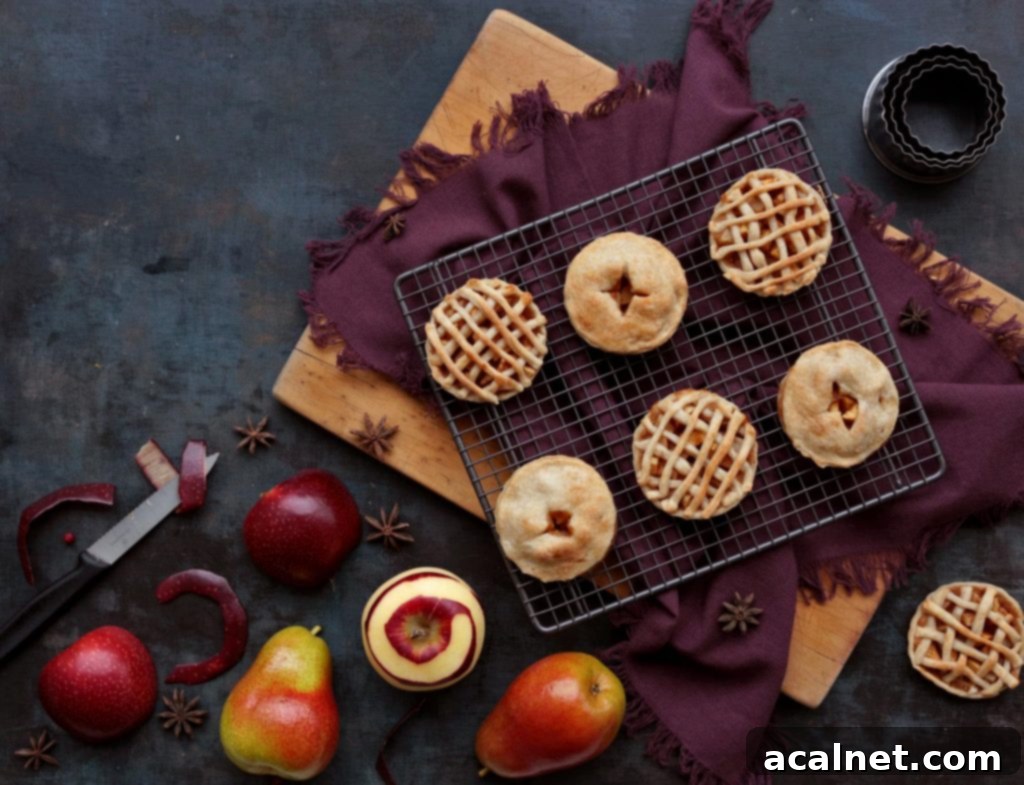
5. Apples to Approach with Caution (or Avoid) in Baking
While many apples are great for baking, some varieties are best left for snacking. Apples that tend to break down too quickly, become excessively watery, or have a flavor that fades under heat can compromise your baked goods. For instance, while Red Delicious is excellent for applesauce, its soft flesh and mild flavor generally don’t stand up well in pies or crumbles, often turning mushy. Similarly, some very soft heirloom varieties might be wonderful for eating fresh but lack the structural integrity needed for robust baked desserts. Always consider the apple’s inherent characteristics against the demands of your recipe.
6. Tips for Storing Your Baking Apples
Proper storage is key to maintaining the freshness and quality of your baking apples. To keep them crisp and firm for as long as possible, store apples in the coolest part of your kitchen or, ideally, in the refrigerator. Keep them separate from other fruits and vegetables, especially those that release ethylene gas (like bananas), as this can accelerate ripening and softening. Stored correctly, most baking apples can remain fresh for several weeks, ensuring they’re ready for your next culinary creation.
7. Final Thoughts: Your Perfect Apple Awaits
Choosing the best apples for baking doesn’t have to be daunting. By understanding the key characteristics of firmness, flavor, and moisture content, and considering the specific demands of your recipe, you can confidently select apples that will elevate your baked goods from good to extraordinary. Remember that personal preference plays a significant role, so don’t be afraid to experiment with different varieties and combinations. The joy of baking often lies in discovery, and finding your perfect apple blend is a delightful part of that journey. So go ahead, explore the vibrant world of apples, and bake something truly special!
